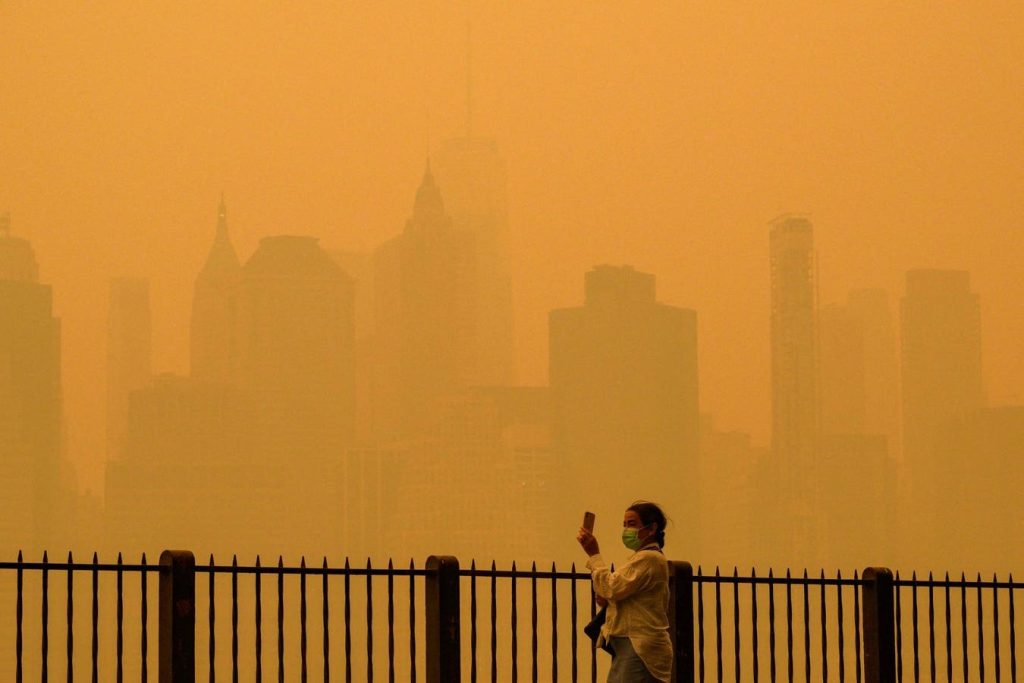A new study conducted by the American Lung Association has found that extreme heat and wildfires are contributing to unprecedented levels of air pollution in the United States. The report states that 131 million people are now living in areas with unhealthy levels of air quality, with spikes in particle pollution, or PM2.5, at the most severe levels in the 25 years the report has been published. These microscopic particles can trigger asthma attacks, heart attacks, strokes, and even lung cancer. The association’s national senior director for policy, Katherine Pruitt, emphasized that these unprecedented levels of severe air pollution are mainly driven by wildfires, which have been generating high levels of fine particle pollution due to intense heat.
Pruitt further explained that the plumes of smoke from wildfires are being driven high up into the atmosphere, spreading over long distances and impacting air quality in cities along the west coast. The report identifies the top 25 most polluted cities in the U.S., with all of them being on the west coast and wildfires being the main culprit of fine particle pollution. Bakersfield in California was named as the city most polluted by short-term particle pollution levels, highlighting the impact of wildfires on air quality. The report also examines cities exposed to unhealthy levels of ground-level ozone air pollution, with Long Beach in Los Angeles being named as the city most polluted by ozone pollution.
It is noted that extreme heat is becoming a growing health concern in the South West and Western parts of the U.S. Pruitt highlighted that in areas where there is a significant amount of oil and gas extraction, precursor pollutants contribute to ozone pollution when combined with intense heat. This poses a significant health risk, especially to people of color, who are disproportionately exposed to unhealthy air and more likely to have chronic conditions like asthma, diabetes, and heart disease that make them vulnerable to air pollution. The report found that people of color are 2.3 times more likely than white individuals to live in communities with failing grades on air pollution measures.
The study uses data from 2020, 2021, and 2022, with last year’s wildfire season to be factored into next year’s report. Harold Wimmer, the association’s president and chief executive, emphasized the progress made in cleaning up air pollution over the last 25 years but expressed concern that over 130 million people are still breathing unhealthy air due to climate change. Wimmer called for more action to ensure everyone has access to clean air, stating that each day of unhealthy air pollution means that someone, whether a child, grandparent, uncle, or mother, struggles to breathe. The report serves as a call to action to address the growing threat of air pollution exacerbated by extreme heat and wildfires.


